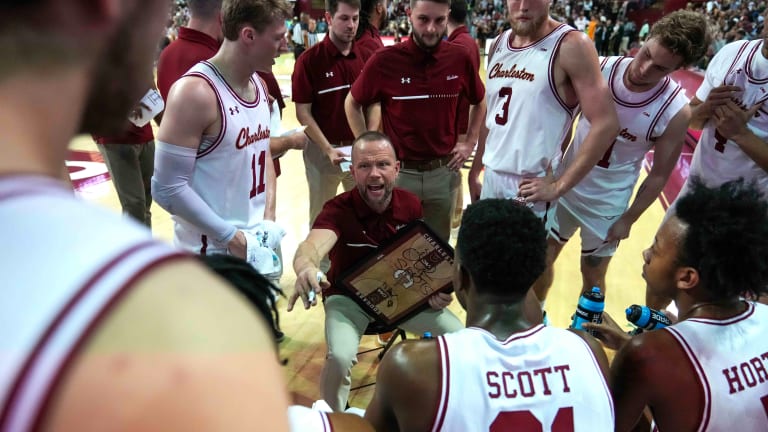
A Jersey Guy: Cinderella deserves an invitation to dance
The story line is played out every March.
Sometimes it comes in the first weekend of the tournament which creates the Madness of March, the 68 team NCAA men's tournament field.
Sometimes it happens more than once and we have had genuine surprises, such as a year ago when Saint Peter's proved that beating Kentucky in an opening round game was not necessarily a fluke.
The No. 15 seeded Peacocks beat not only Kentucky, but Murray State and Purdue before North Carolina ended the team in the Elite Eight round.
Before any of that happens, however, the teams need the invitation to the dance, something which 32 teams receive as conference TOURNAMENT champions 36 others earn as ""at-large'' invitees.
For most of the teams from the 6 to 8 "major'' conferences, winning the league tournament in March is NOT a necessity. Those leagues will receive multiple bids, which takes winning the conference tournament out of the ""must happen'' category.
For the teams from the other conferences, known primarily as "one bid'' leagues, the dilemma is obvious and so are the circumstances.
Whatever has been achieved during the regular season can disappear with a last second basket or mistake in the conference tournament final.
\We have seen it before when teams from the lower rated conferences with more than 25 wins have stumbled in the conference tournaments and been eliminated.
The growth of the NCAA tournament in numbers as well as prestige has diminished the regular season to the point where college basketball is a non-entity to most of the country until February.
Now there is growing speculation that the NCAA wants to expand the tournament from 68 to 94 or 96 teams, which could eliminate some of the inequities in March.
Guaranteeing the 32 regular season champs would solve one problem, but it is receiving opposition from ESPN because it could diminish the value of their product during championship week.
The major conferences also would oppose such a move since they see the opportunity to add an 8th, 9th or 10th place team from their conference gaining an NCAA tournament bid.
That is the dilemma which must be resolved before expansion is approved--it will come.
This season could be particularly difficult, since there is no consensus No. 1 team, no even a consensus group of No. 1 teams.
Which brings us to a quartet of teams who are having superb regular seasons, but could be victims of the system in March, if they are upset in tournament play.
Right now, College of Charleston, which is leading the Colonial Athletic Conference and has a glittering 21-1 record, UC-Santa Barbara, 16-3, from the Big West, Florida Atlantic, 19-1 from Conference USA and Kent State, 16-3, from the Mid-American Conference all appear to be tournament worthy.
The next month will no doubt eliminate some of those teams, but right now they look like the most deserving teams from the non-major conferences to earn an NCAA tournament bid, even if they are upset in March.